Report this entry
More from the same community-collection
TWR Auto Parts Store on Alameda Ave
The image shows one of the many old-time shops on Alameda Ave in ...
Dan L. Crockett - El Paso, Texas
The back of this photograph is marked Dan L. Crockett, 1945(?). ...
Yard between electric plant and warehouse looking east.
Possibly the power plant on Santa Fe St. You can see a wooden ...
Electric Power Plant looking southwest.
A beautiful brick building with power lines strung everywhere. ...
Concordia Cemetery - El Paso, Texas
Known as Concordia Cemetery during the 1840s, this area was ...
John Wesley Hardin Grave Site - El Paso, Texas
John Wesley Hardin gained his reputation by supposedly killing ...
Concordia Cemetery - El Paso, Texas
For over 100 years Concordia Cemetery has played an important ...
Gravesite At Concordia Cemetery
Buried here in El Paso, Texas are over 60,000 people including ...
First To Graduate From El Paso's Only High School-1887
Image caption: Kate Moore was one of two members of the first ...
School Picnic - El Paso, Texas
The girls are named on the back of this photograph, but not in a ...

















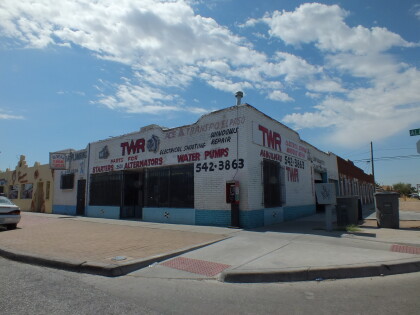
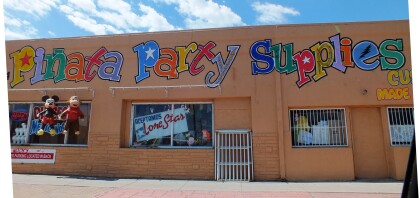
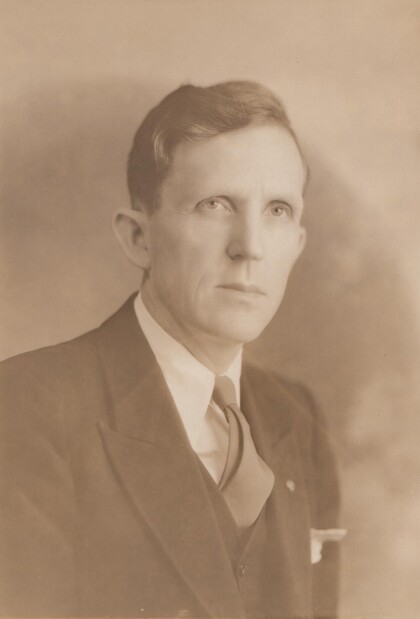
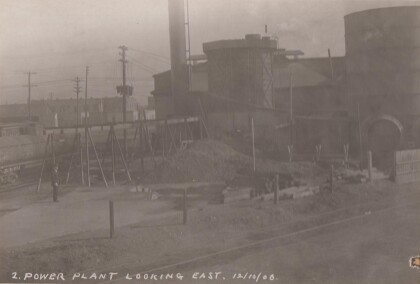
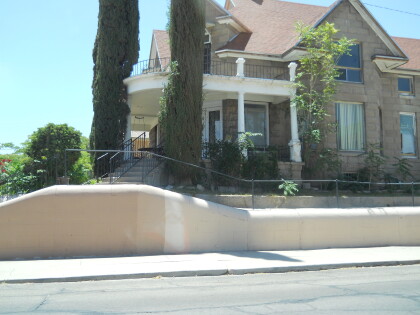
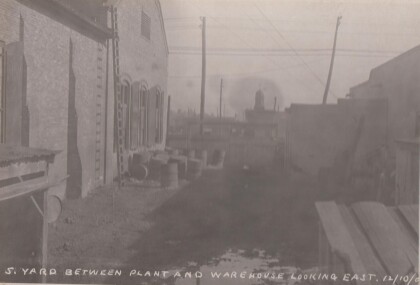
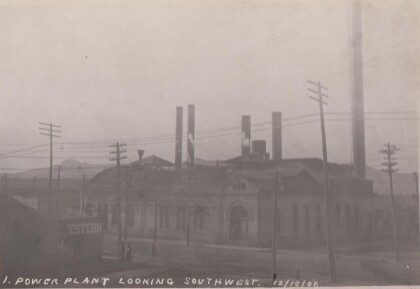
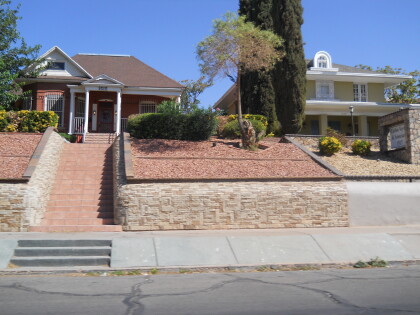
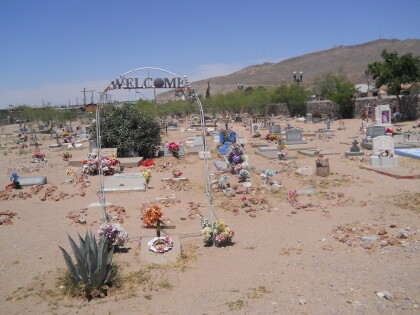
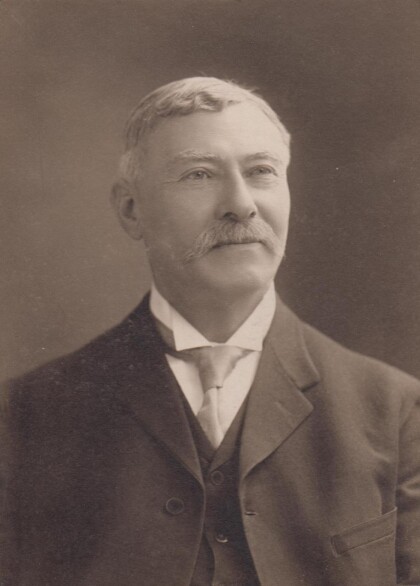
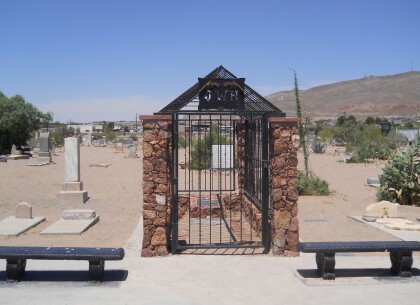
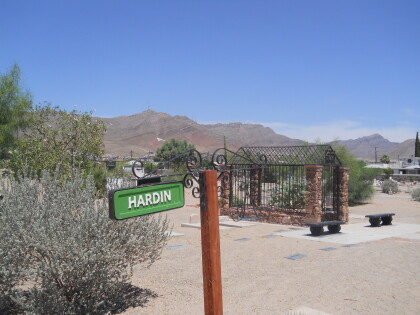
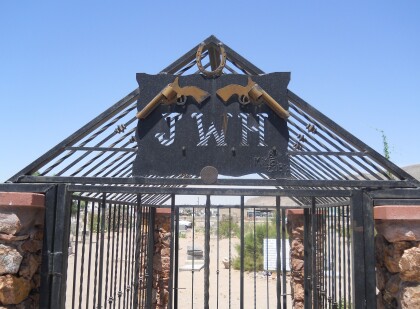
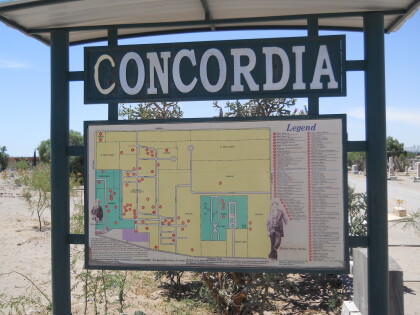
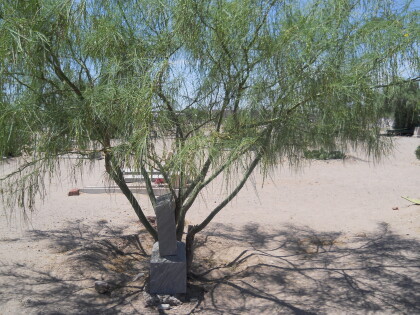
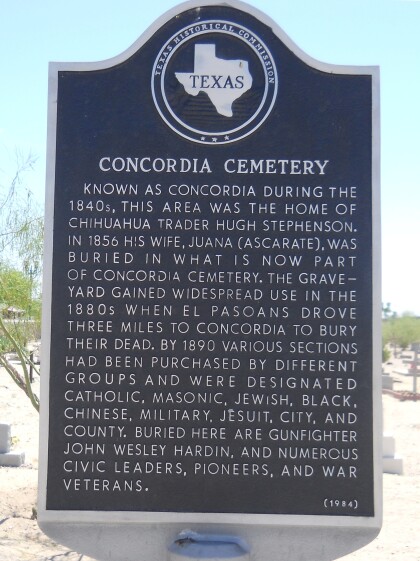
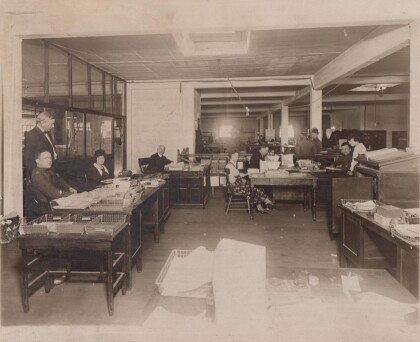
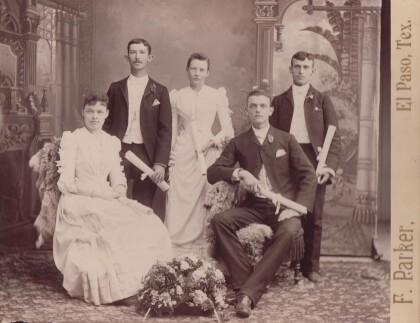
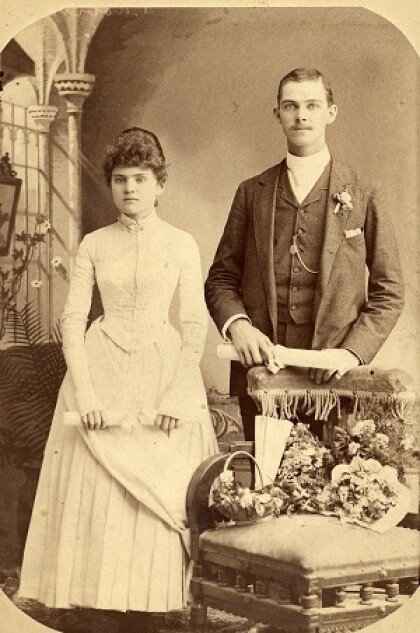


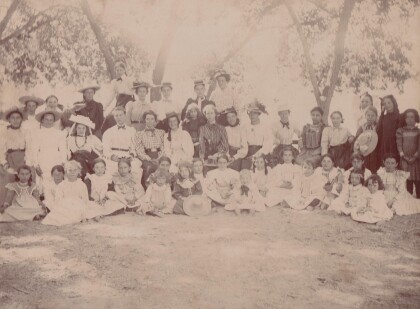
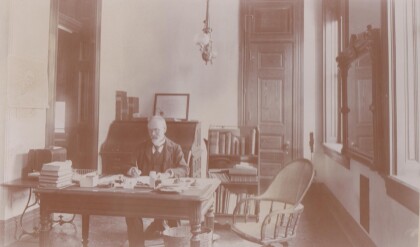
Comments
Add a comment